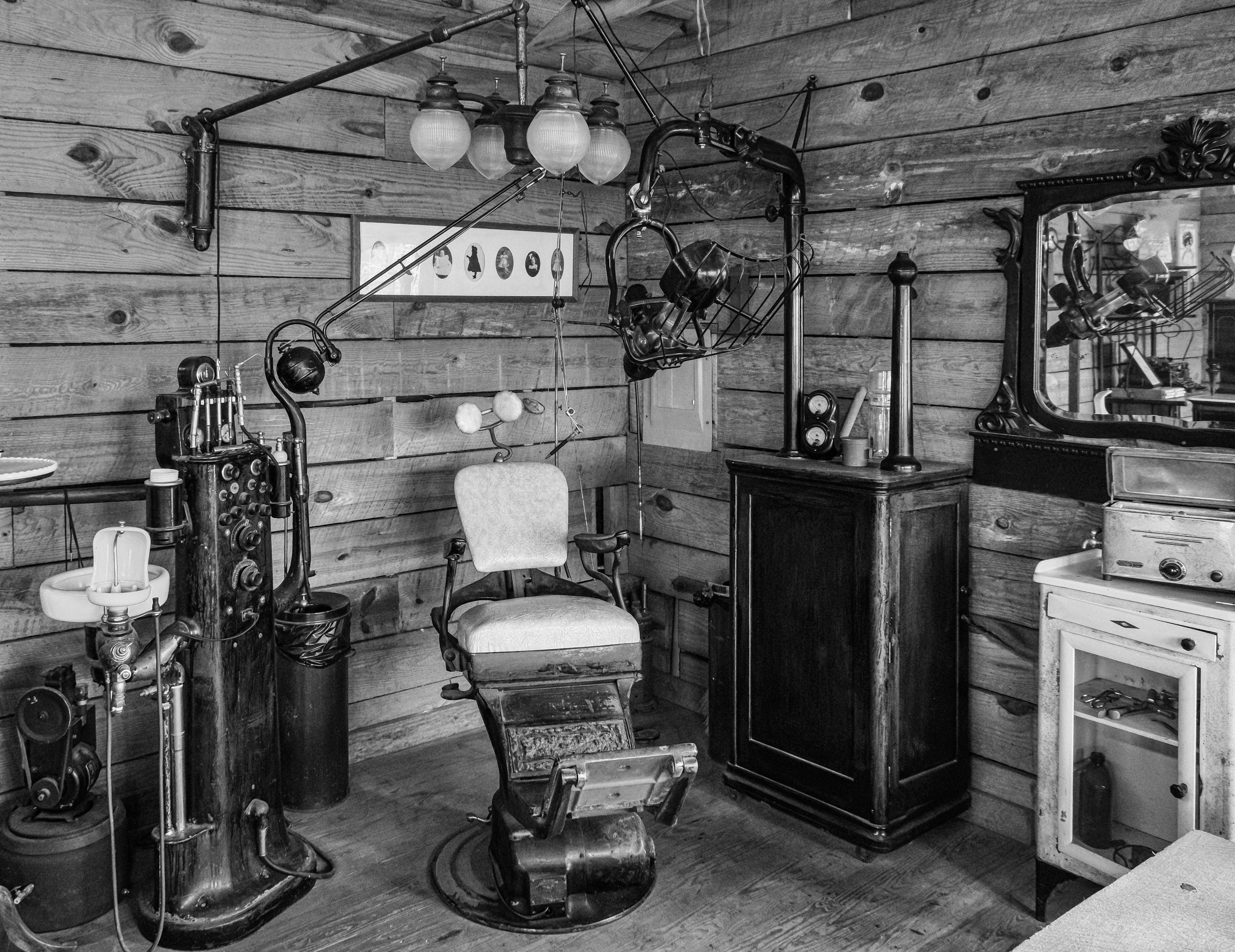5 random historic facts about dentistry
While dentistry as a separate profession is relatively new, humans have been trying to care for their teeth for thousands of years. Of course, what that care looked like has changed dramatically since ancient Egyptians used branches to clean between their teeth. Oral healthcare history has seen it all—including milestones for women and people of color, many scientific and medical advancements, and better patient care. But dentistry's past also includes some uncomfortable and downright painful truths. Here we take a quick look at 5 random historical facts about dentistry.
© bvirago/Adobe Stock

While dentistry as a separate profession is relatively new, humans have been trying to care for their teeth for thousands of years. Of course, what that care looked like has changed dramatically since ancient Egyptians used branches to clean between their teeth.
Oral healthcare history has seen it all—including milestones for women and people of color, many scientific and medical advancements, and better patient care. But dentistry's past also includes some uncomfortable and downright painful truths.
Here we take a quick look at 5 random historical facts about dentistry.